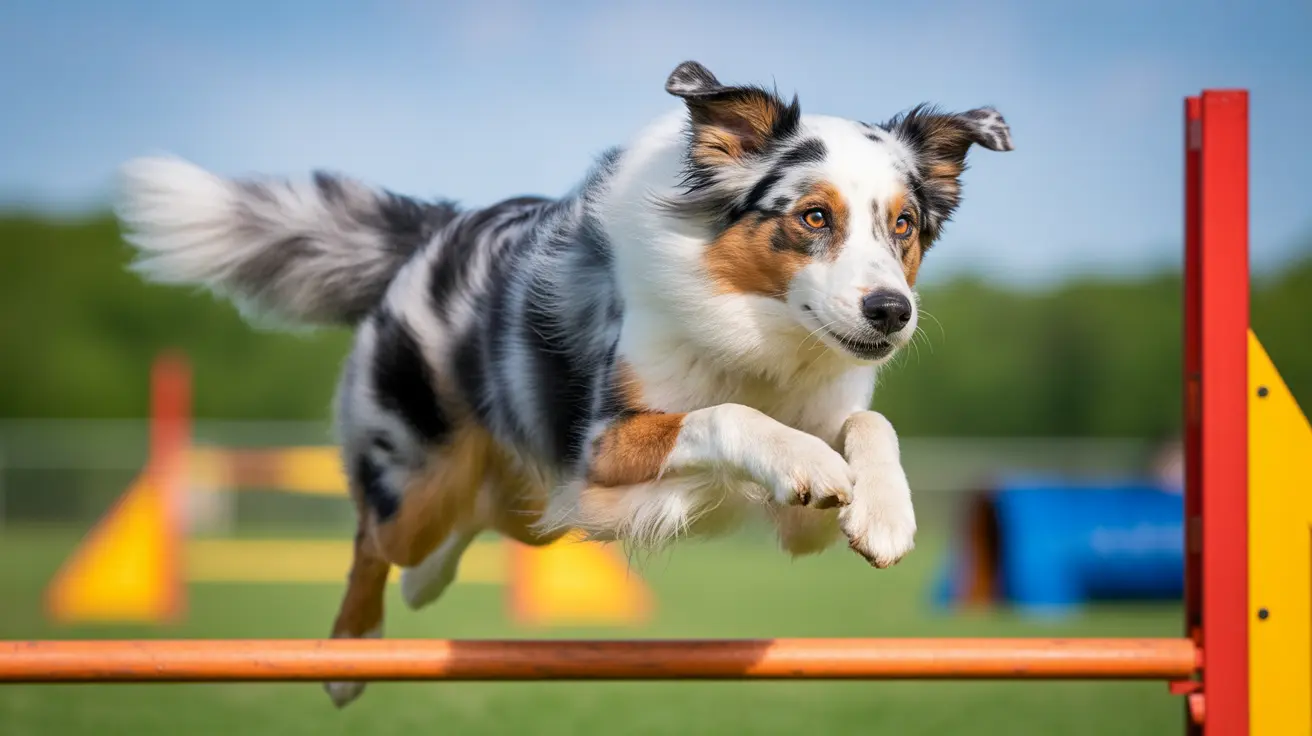The Meaning and Legacy of the Löwchen: The "Little Lion" Dog
Known for its majestic mane and endearing personality, the Löwchen—which translates to "little lion" in German—is a rare breed with a noble past. Although small in size, this toy dog has captured the admiration of pet enthusiasts for centuries, not only for its exotic appearance but also its cheerful nature.
Origins and Name Meaning
The name Löwchen is a direct German translation of "little lion", accurately reflecting the breed's iconic lion-like hairstyle. The name stems from two German words: "Löwe" meaning "lion" and the diminutive suffix "-chen", used to imply smallness or affection. Thus, Löwchen literally means "little lion." This naming convention suits the dog’s carefully groomed appearance—the front half is left with fuller hair to resemble a lion’s mane, while the back is shaved for contrast.
Breed Appearance and Traits
The Löwchen is a compact, sturdy toy breed standing between 12 and 14 inches tall and weighing 10 to 18 pounds. Despite its small stature, it exudes confidence and elegance. Its soft, dense coat can come in various colors and requires regular grooming to prevent matting.
- Height: 12–14 inches (30–36 cm)
- Weight: 10–18 pounds (4.5–8 kg)
- Coat: Long, soft, and slightly wavy
- Grooming style: Often kept in a traditional "lion cut"
Temperament and Personality
Löwchens are beloved for their sweet personalities and sociability. They are warm, friendly dogs who bond deeply with family members, thriving on attention and interaction. Known for their intelligence and eagerness to please, they are quick learners and respond well to positive reinforcement training.
- Affectionate and loyal to their owners
- Friendly toward children and other pets
- Intelligent with a playful, curious nature
- Easily trained using consistent, gentle methods
History of the Breed
The Löwchen boasts a rich lineage as a companion dog to European royalty and aristocracy, frequently depicted in art dating back to the 16th century. These little dogs served as pampered lapdogs and "living heating pads," treasured not only for companionship but also their warmth and charm. Their iconic coat also led to theories that they served as flea magnets to protect humans.
By the mid-20th century, however, the breed faced near extinction. Thanks to the work of dedicated fanciers like Madame Bennert of Belgium, who preserved and bred the remaining dogs, the Löwchen experienced a significant revival. Their inclusion in the American Kennel Club's Miscellaneous class in 1996 and eventual grouping under Non-Sporting in 1999 further cemented their comeback.
Health, Exercise, and Grooming
Despite their rarity, Löwchens are generally healthy and robust. Regular health check-ups and responsible breeding can help reduce the incidence of certain genetic conditions, including:
- Luxating patella (knee dislocation)
- Hip dysplasia
- Cataracts
- Progressive retinal atrophy (PRA)
They require about 30 minutes of daily physical activity and moderate grooming efforts. The lion cut requires maintenance, while the more casual puppy cut is easier for everyday care.
Living With a Löwchen
Löwchens adapt well to various living situations, including apartments and houses, so long as their social and activity needs are met. They dislike being left alone for long periods and thrive in homes where they are treated as integral family members.
Conclusion
The name "Löwchen" not only reveals the breed’s appearance but also encapsulates their essence: small but mighty, regal yet loving. Whether you’re attracted to their looks or their companionship, these "little lions" make a dramatic and joyful addition to any pet-loving household.





